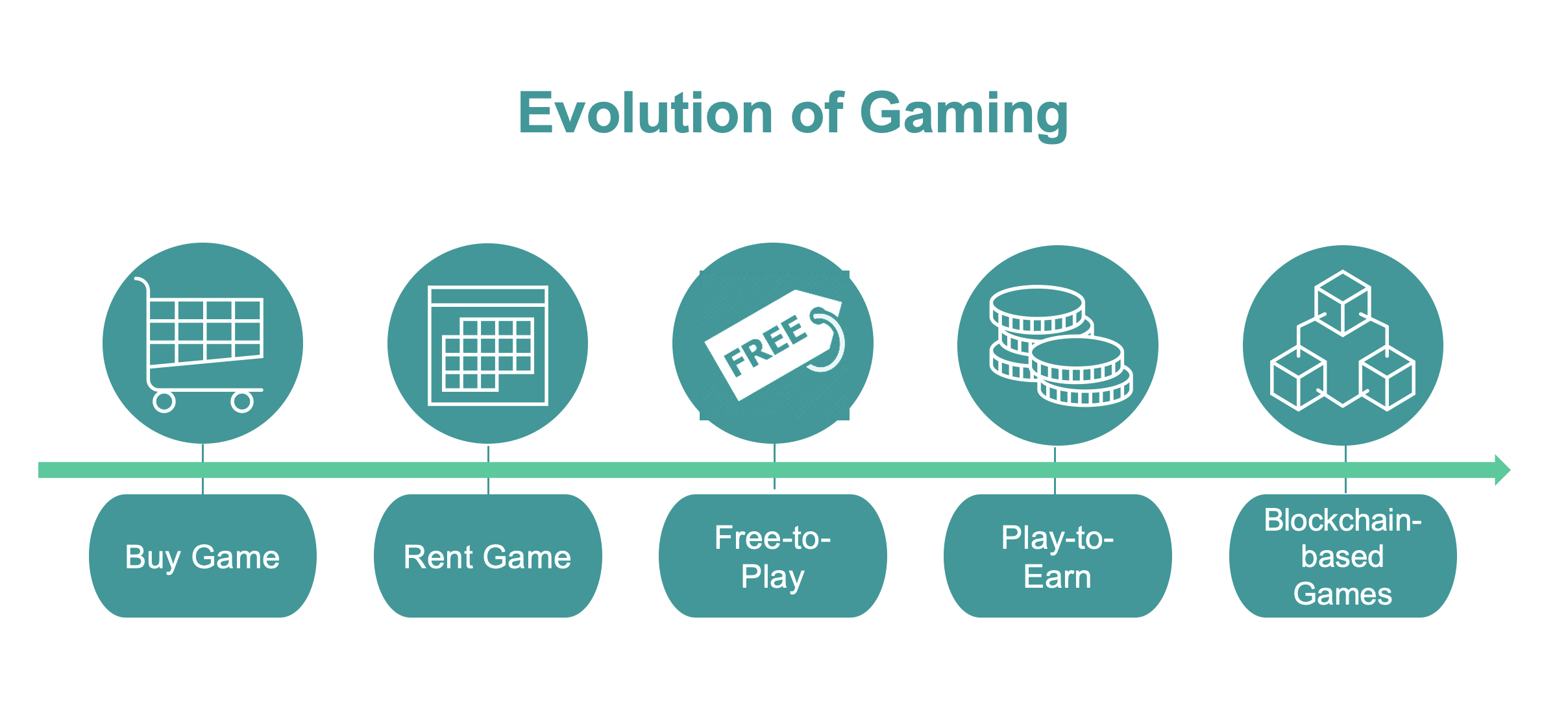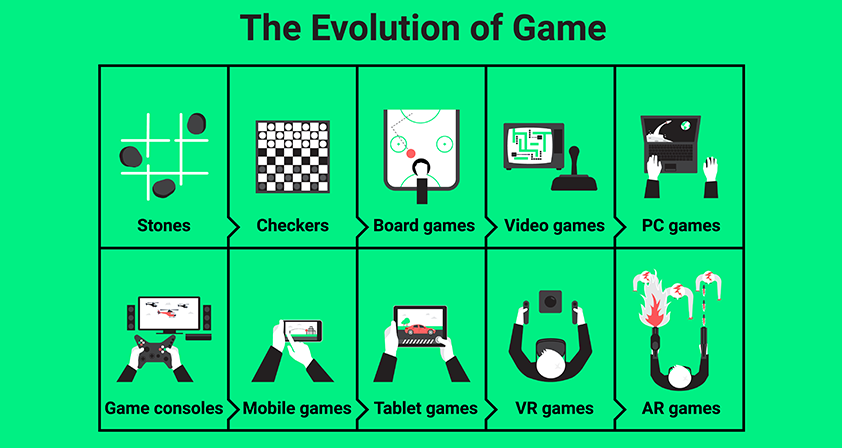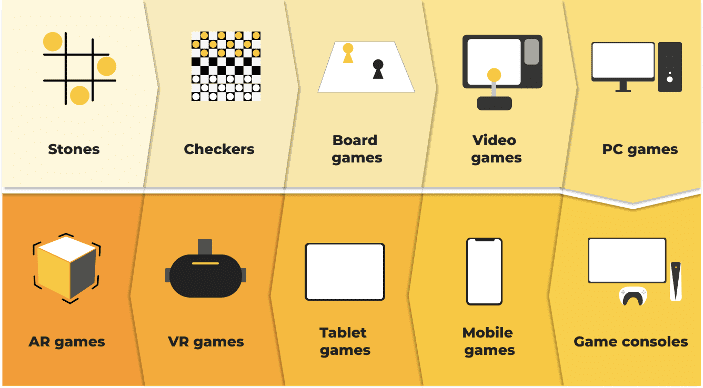The Evolution Of Online Gaming: A Look At The Three-Player Landscape In 2025
The Evolution of Online Gaming: A Look at the Three-Player Landscape in 2025
Related Articles: The Evolution of Online Gaming: A Look at the Three-Player Landscape in 2025
Introduction
With enthusiasm, let’s navigate through the intriguing topic related to The Evolution of Online Gaming: A Look at the Three-Player Landscape in 2025. Let’s weave interesting information and offer fresh perspectives to the readers.
Table of Content
The Evolution of Online Gaming: A Look at the Three-Player Landscape in 2025

The world of online gaming is in a constant state of evolution, driven by technological advancements and evolving player preferences. The year 2025 promises a landscape teeming with innovative experiences, particularly within the realm of three-player games. This shift towards smaller, more intimate gaming groups is driven by several factors, including the increasing popularity of casual gaming, the desire for more focused and collaborative gameplay, and the rise of immersive virtual reality experiences.
The Rise of Casual Gaming and the Appeal of Small Groups:
The casual gaming market has witnessed exponential growth in recent years, driven by the accessibility and convenience of mobile gaming and the increasing popularity of free-to-play models. This shift has led to a demand for games that are easy to pick up and play, offering engaging experiences in short bursts. Three-player games, with their inherent focus on teamwork and social interaction, perfectly align with these trends. They provide a balance between the competitive nature of multiplayer games and the relaxed atmosphere of single-player experiences.
The Power of Collaboration and Focused Gameplay:
Three-player games offer a unique dynamic, fostering a sense of camaraderie and collaboration that is often missing in larger multiplayer games. The smaller group size allows for more nuanced communication and strategic planning, creating a more immersive and engaging experience. This focus on teamwork and strategic depth is particularly appealing to players seeking a more meaningful and rewarding gaming experience.
The Immersive Potential of Virtual Reality:
Virtual reality (VR) technology has revolutionized the way players experience games, blurring the lines between the real and virtual worlds. Three-player VR games, in particular, have the potential to create truly immersive and social experiences. Imagine collaborating with two friends to solve puzzles, explore fantastical landscapes, or engage in thrilling combat, all within a shared virtual space. This level of immersion and interactivity is poised to redefine the way players connect and interact with each other in the digital realm.
The Evolution of Game Genres:
The emergence of three-player games has spurred innovation across various game genres, with developers exploring new ways to leverage the unique dynamics of smaller groups.
-
Cooperative Adventures: Games like "A Way Out" and "It Takes Two" have demonstrated the immense potential of cooperative adventures, where players must work together to overcome challenges and progress through the story. Three-player games have the potential to expand upon these concepts, offering even more intricate puzzles, collaborative challenges, and deeply engaging narratives.
-
Competitive Strategy: Three-player strategy games, such as "Civilization" and "StarCraft," have always been popular. However, the shift towards smaller groups could lead to more focused and tactical gameplay, with players needing to carefully manage resources and strategize against two opponents. This could result in more dynamic and unpredictable matches, demanding greater skill and strategic thinking.
-
Social Deduction and Party Games: The popularity of games like "Among Us" and "Jackbox Party Pack" highlights the growing demand for social deduction and party games. Three-player versions of these games could offer a more intimate and engaging experience, with players having to carefully analyze each other’s actions and motivations to uncover the truth.
The Importance of Game Design and Balancing:
Designing three-player games requires a unique approach, focusing on balancing gameplay mechanics to ensure a fair and engaging experience for all participants. Developers must consider factors such as:
-
Asymmetry and Roles: Creating distinct roles or abilities for each player can add depth and complexity to the gameplay, encouraging collaboration and strategic thinking.
-
Communication and Collaboration: Encouraging effective communication and teamwork is crucial for three-player games, as players need to coordinate their actions and strategies to succeed.
-
Dynamic and Engaging Gameplay: Games need to be designed to maintain player engagement and prevent one player from becoming dominant or marginalized.
FAQs about Three-Player Games in 2025:
Q: What are the benefits of playing three-player games?
A: Three-player games offer several benefits, including:
- Increased Social Interaction: Three-player games encourage communication and teamwork, fostering stronger bonds between players.
- Enhanced Collaboration: The smaller group size allows for more focused collaboration, leading to more effective strategies and a greater sense of accomplishment.
- Unique Gameplay Dynamics: Three-player games present unique challenges and opportunities that are not found in larger multiplayer games.
Q: What are some popular three-player game genres?
A: Popular three-player game genres include:
- Cooperative Adventures: Players work together to overcome challenges and progress through the story.
- Competitive Strategy: Players compete against each other using strategic thinking and resource management.
- Social Deduction: Players must deduce the identity of a hidden traitor or imposter within the group.
Q: What are some tips for playing three-player games effectively?
A: Here are some tips for optimizing your three-player gaming experience:
- Communicate Clearly: Use voice chat or in-game messaging to coordinate your actions and strategies.
- Understand Your Role: If the game features distinct roles, familiarize yourself with your responsibilities and how you can contribute to the team.
- Be Adaptable: Be willing to adjust your strategies based on the actions of your opponents or teammates.
Conclusion:
The future of online gaming is brimming with possibilities, particularly in the realm of three-player games. These smaller, more focused experiences offer a unique blend of social interaction, collaborative gameplay, and immersive storytelling. As technology advances and player preferences evolve, the three-player gaming landscape is poised to become even more diverse and engaging, creating a new era of innovative and rewarding gaming experiences.








Closure
Thus, we hope this article has provided valuable insights into The Evolution of Online Gaming: A Look at the Three-Player Landscape in 2025. We hope you find this article informative and beneficial. See you in our next article!